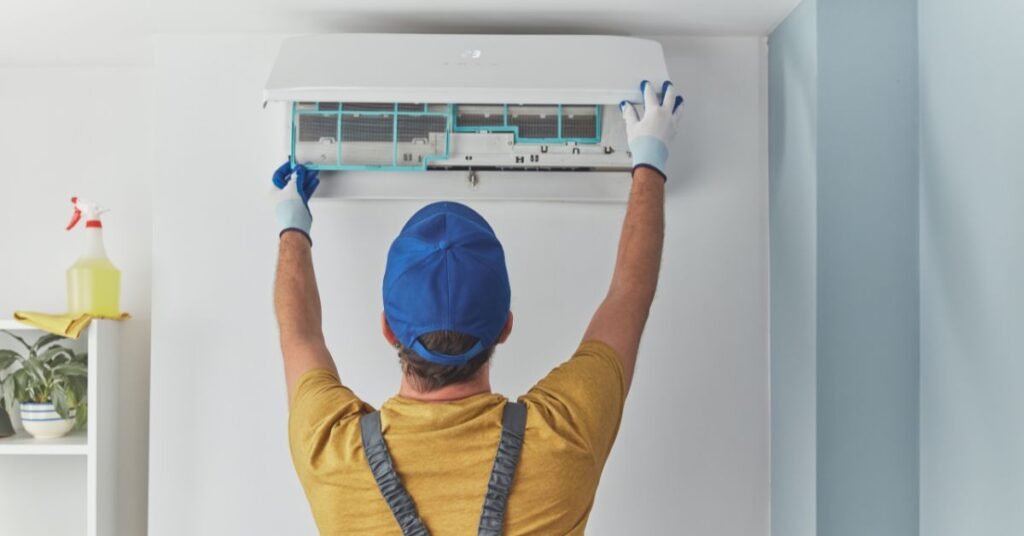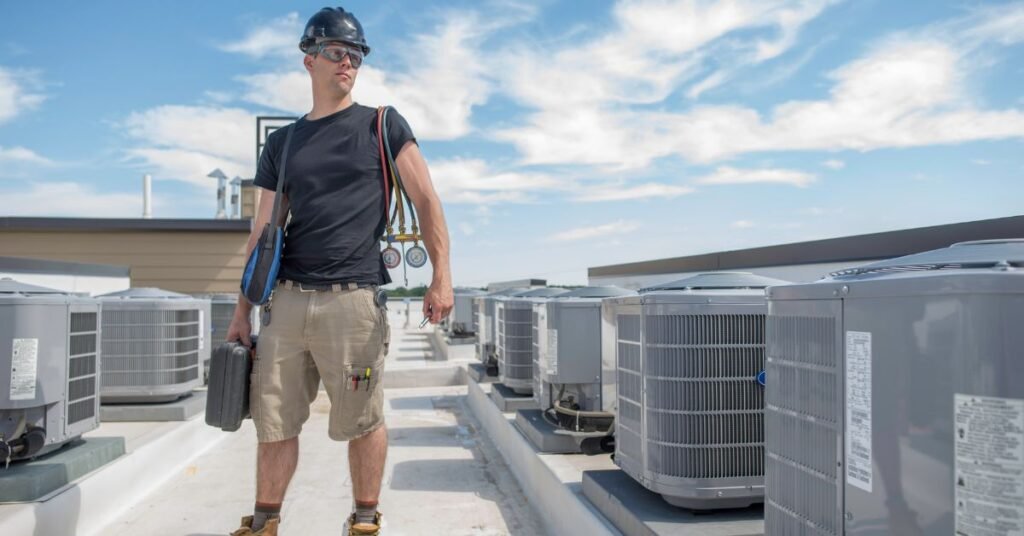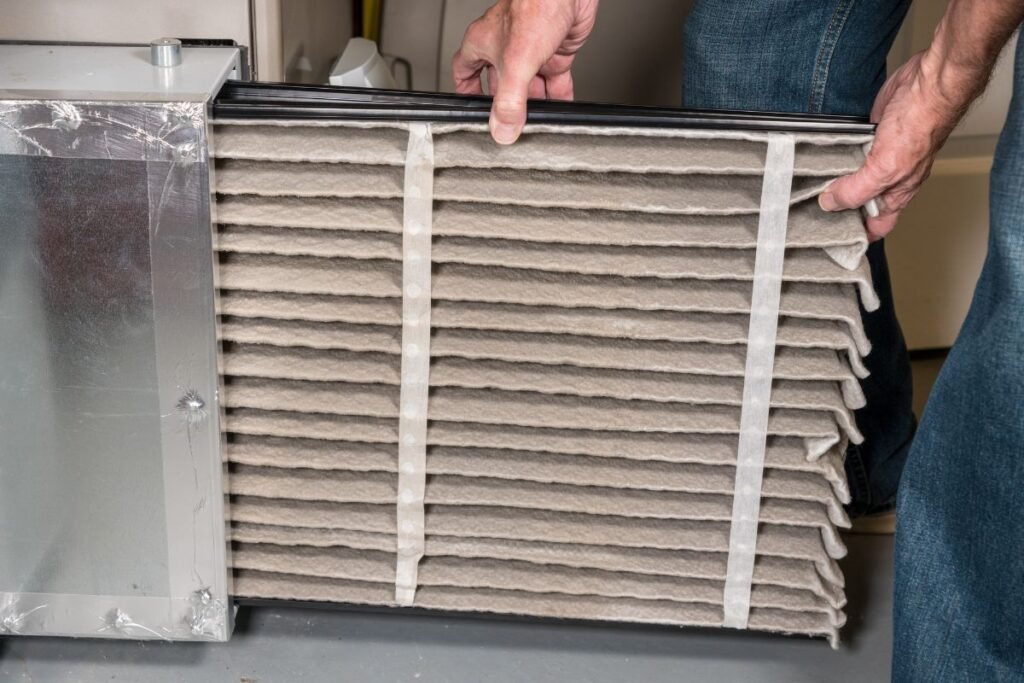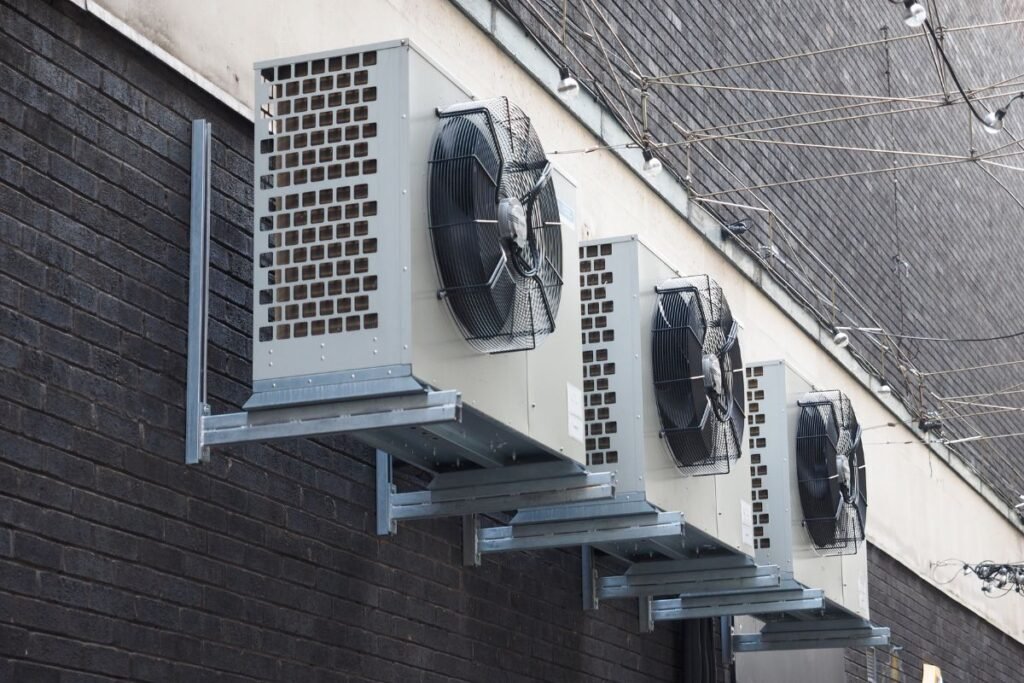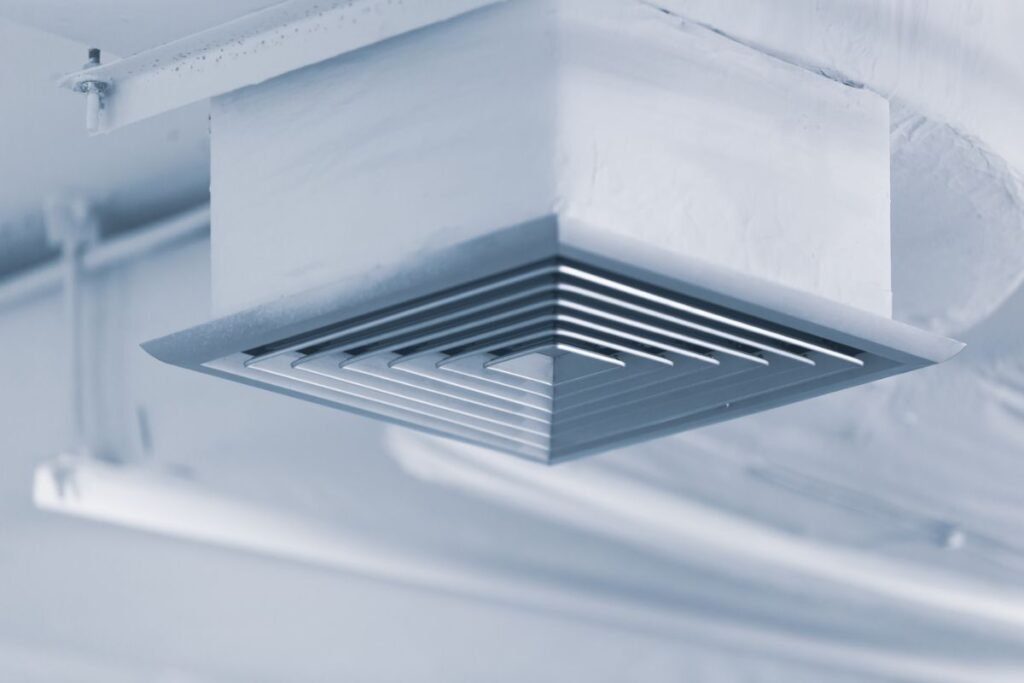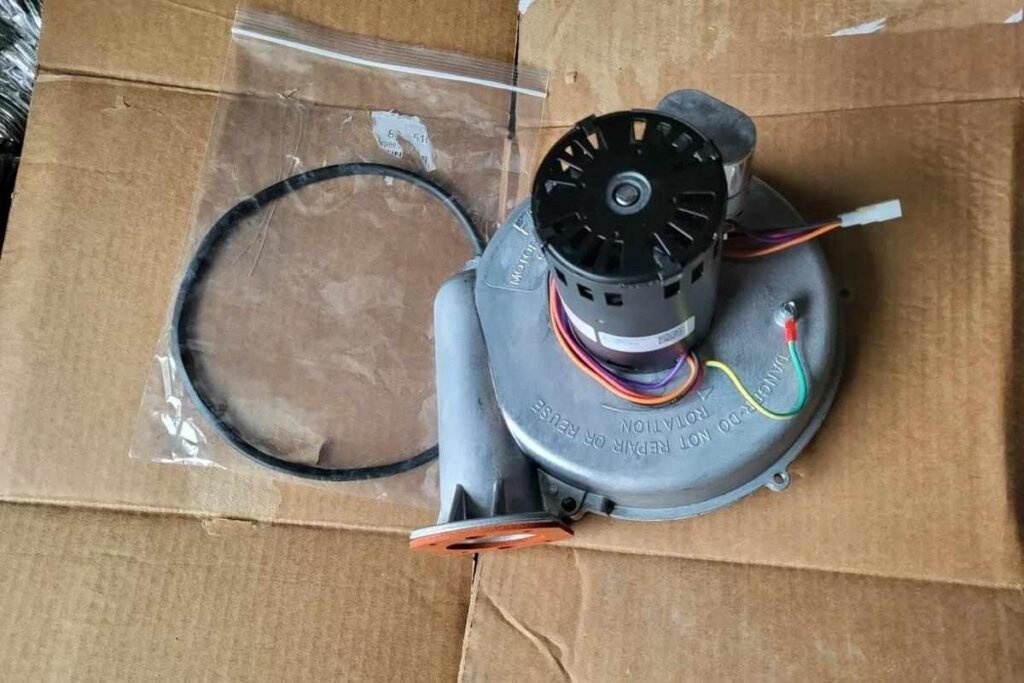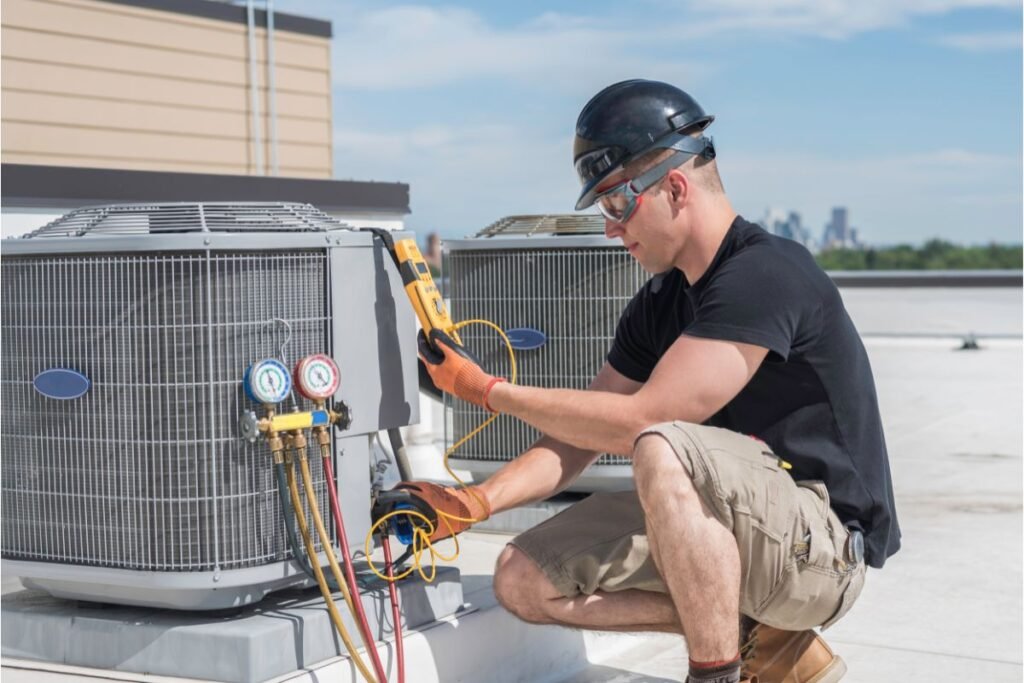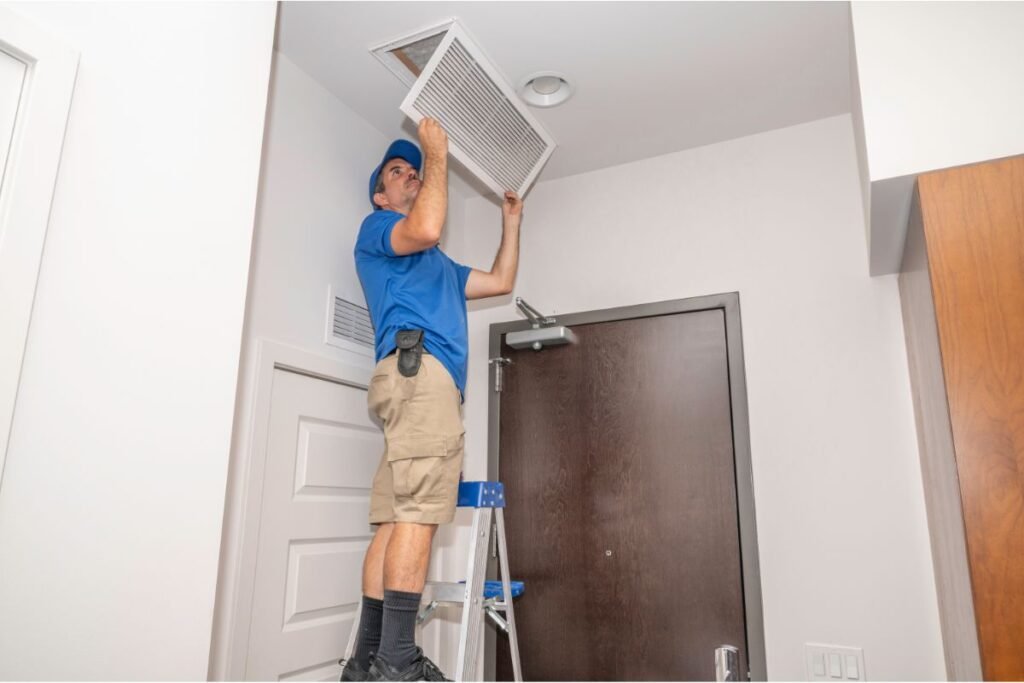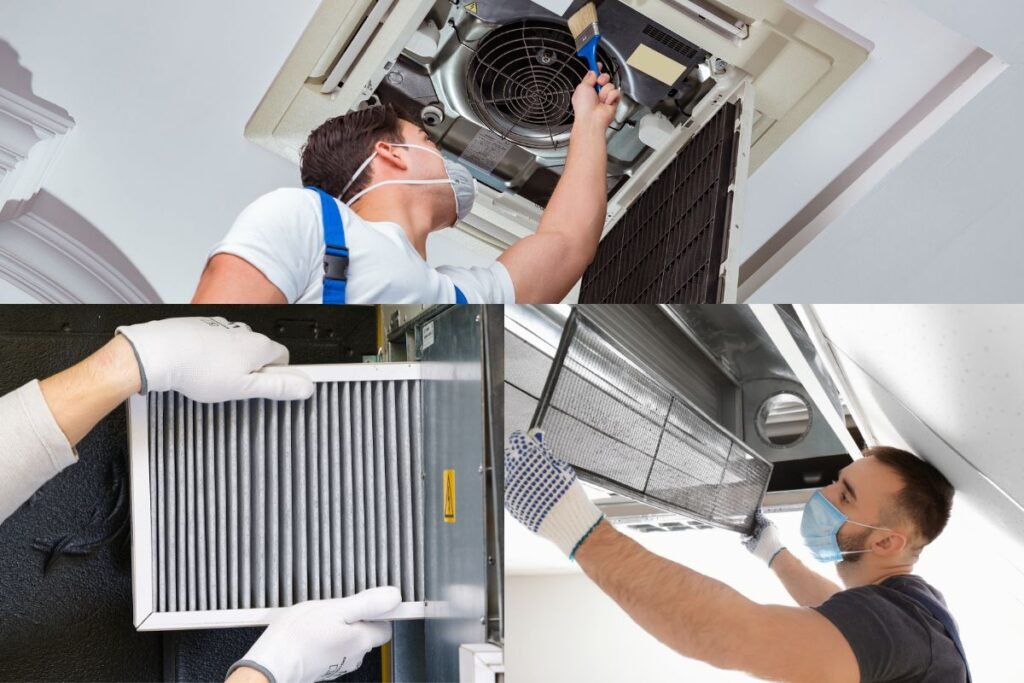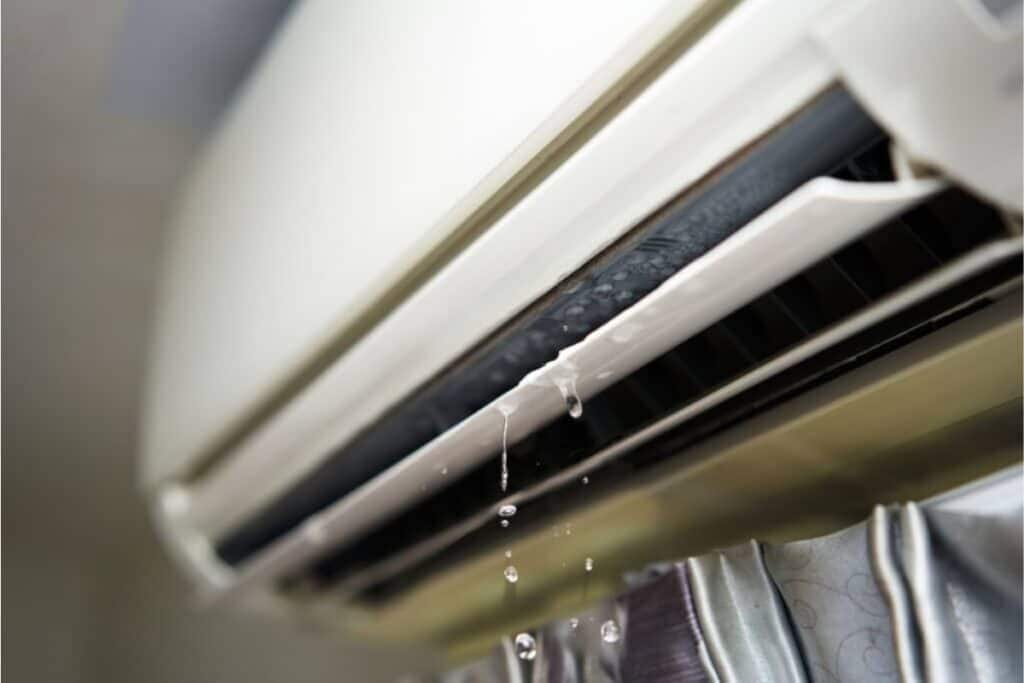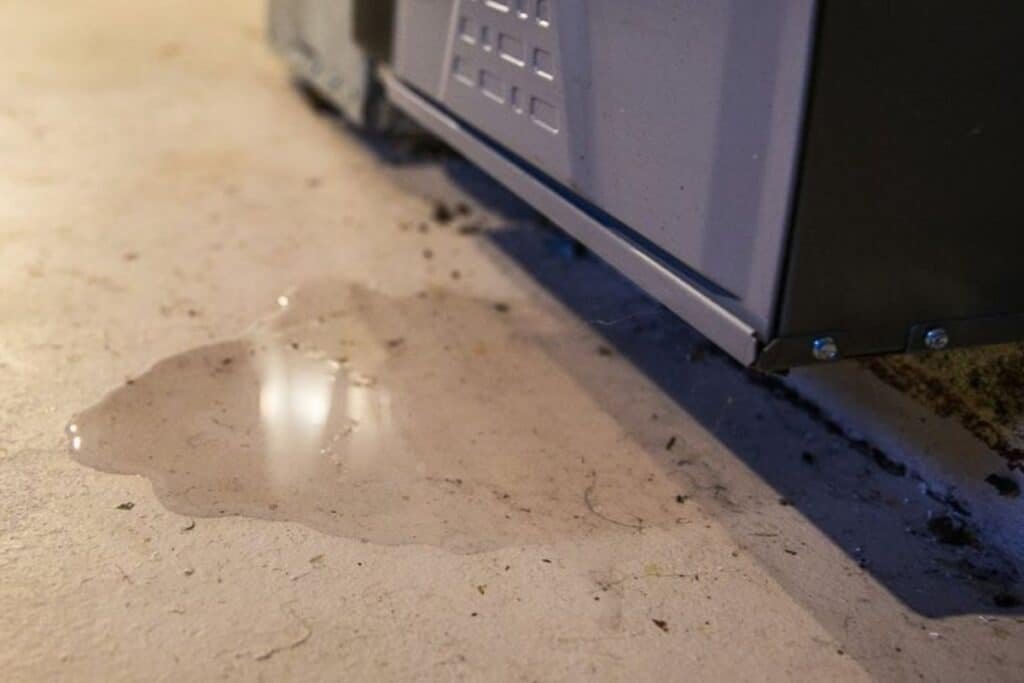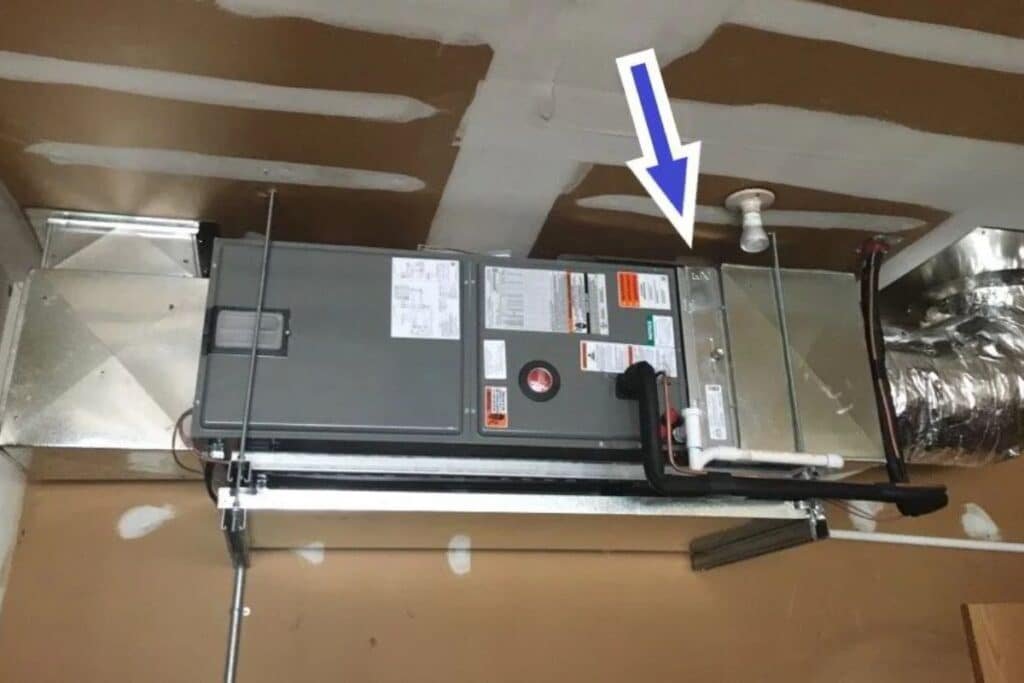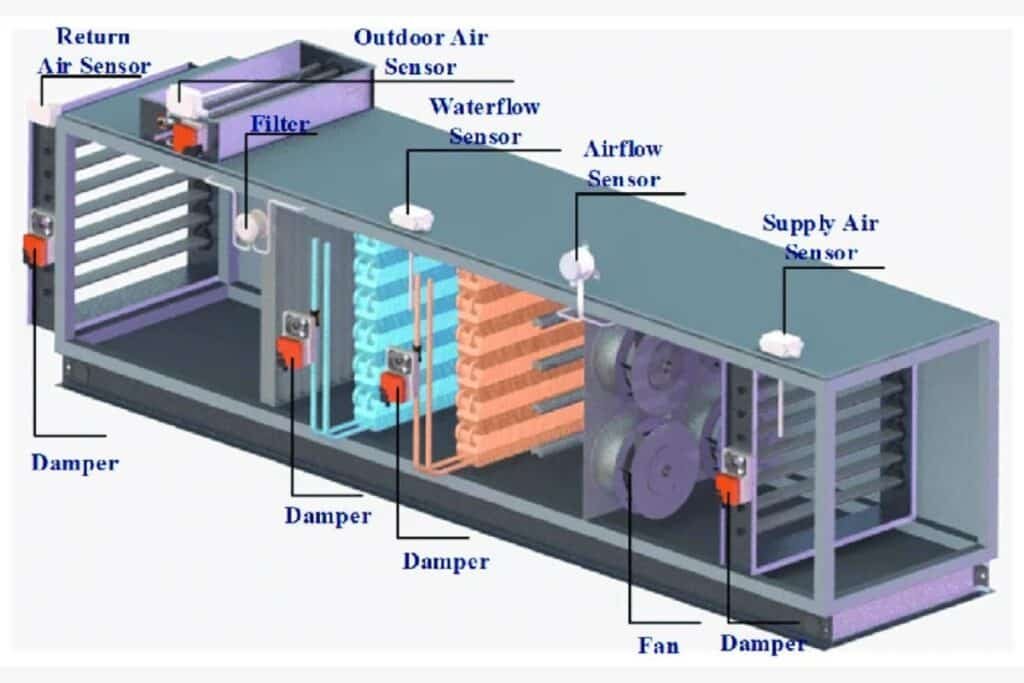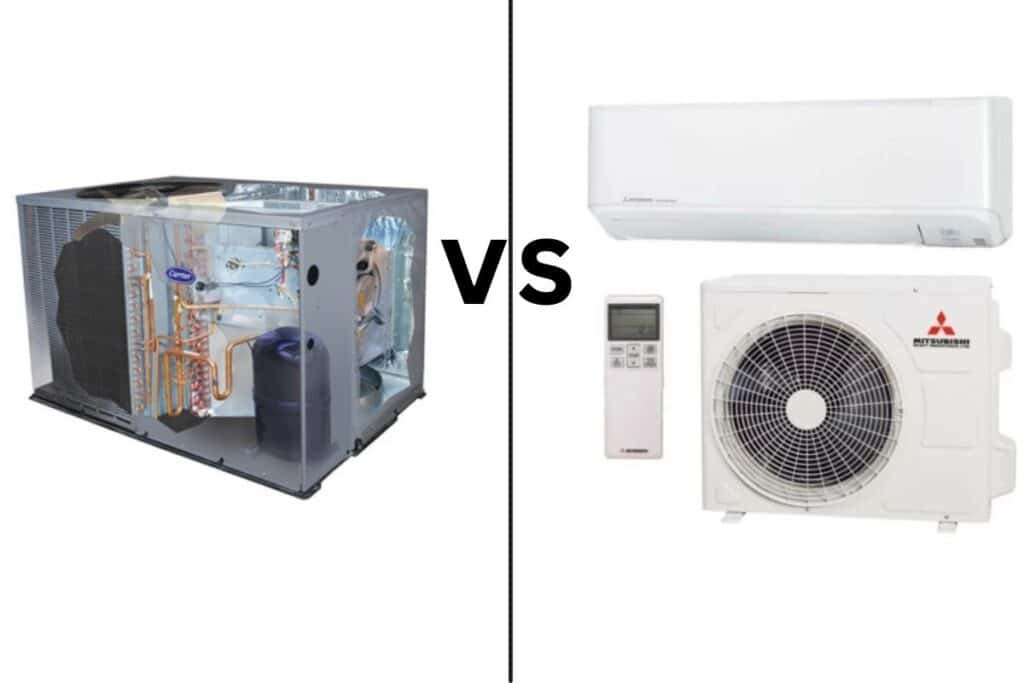HVAC performance metrics provide key insights into how efficiently your heating and cooling systems work which will help you to balance comfort, energy savings, and equipment life. Tracking metrics like energy efficiency ratio (EER), seasonal energy efficiency ratio (SEER), and coefficient of performance (COP) highlight inefficiencies, support timely maintenance, and reduce energy costs. Monitoring also promotes environmental responsibility, aiding compliance with energy regulations while enhancing indoor comfort.
This post breaks down the essential metrics and explores tools, like monitoring software and performance audits, to keep your HVAC system running smoothly. The homeowners and facility managers can make data-driven decisions with regular tracking. It also ensures cost-effective upgrades, optimized comfort, and extended system reliability.
What Are HVAC Performance Metrics and Why Do They Matter?
HVAC performance metrics measure how well your heating and cooling systems work. They show how much energy the system uses and whether it maintains indoor comfort efficiently. If the property owners and facility managers track these metrics then they can spot issues early and avoid unnecessary energy costs.
Understanding HVAC performance helps you to keep systems running smoothly, prevents breakdowns, and extends equipment life. Monitoring these metrics also supports a more eco-friendly setup, as an efficient system uses less energy for HVAC solutions.
In many areas, keeping your HVAC system within certain performance levels helps you to meet environmental standards. If you know how your HVAC system performs, it allows you to make informed choices that benefit both comfort and savings. That’s why keeping an eye on these metrics is essential for balancing efficiency, cost, and indoor comfort.
Key HVAC Performance Metrics You Should Monitor
Each HVAC metric reveals a specific aspect of system performance. Monitoring these gives you a clear picture of how well your HVAC system works and where it can improve.
- Energy Efficiency Ratio (EER): EER measures the cooling output relative to the energy used, especially during the hottest days. A higher EER means lower energy use, which cuts down on cooling costs.
- Seasonal Energy Efficiency Ratio (SEER): SEER gives an average of cooling efficiency over an entire season. Tracking SEER helps you understand energy use during warmer months which makes it easier to manage cooling costs.
- Coefficient of Performance (COP): COP shows how efficiently your HVAC system provides heating or cooling. It’s a good metric for comparing systems to find the most cost-effective options.
- Heating Seasonal Performance Factor (HSPF): HSPF measures heating efficiency across a season, especially useful in colder areas. A higher HSPF means better heating for the energy used, helping you save in winter.
- Airflow Rate and Air Quality: These metrics keep track of air movement and quality. It ensures that the indoor air stays fresh and evenly circulated, which improves comfort and health.
Benefits of Monitoring HVAC Performance Metrics
Regularly tracking it brings a range of benefits. Each metric highlights unique insights that improve system control, cost savings, and overall comfort. Here’s how monitoring each aspect can make a difference.
Reduced Energy Costs
Monitoring performance metrics can lead to significant energy savings by identifying inefficiencies early on. When energy consumption rises unexpectedly, it could signal issues like dirty filters, system wear, or improper settings. “Metrics like the Energy Efficiency Ratio (EER) and Coefficient of Performance (COP) help pinpoint issues in your HVAC system. By addressing these issues early, you can make adjustments that keep your system efficient and lower your energy costs. For both homeowners and facility managers, this means consistent comfort without the burden of high energy bills.
Enhanced Indoor Comfort
Performance metrics help create an indoor environment that meets comfort needs by adjusting factors such as temperature, humidity, and airflow. Metrics like airflow rate ensure that every part of a space receives adequate air circulation. Additionally, by tracking seasonal metrics such as SEER and HSPF, you can tailor system performance to match seasonal conditions which provide optimal comfort year-round. This data-driven approach means less guesswork and more consistent indoor temperatures.
Increased System Longevity and Reliability
Regular monitoring of HVAC metrics promotes timely maintenance and adjustments, which help extend the lifespan of the equipment. Systems that run efficiently experience less strain, reducing the wear and tear that leads to costly repairs or early replacement. Performance data such as COP and airflow rates can indicate when components are under stress which allows you to resolve minor issues before they become major failures. This preventive approach not only lowers maintenance costs but also ensures that your HVAC system remains reliable when it’s needed most.
Environmental Sustainability
Monitoring your system’s energy metrics, like EER and SEER. It reduces unnecessary energy consumption and contributes to a smaller carbon footprint. An efficient HVAC system requires less power to deliver the same results which makes it more eco-friendly. This is especially important for commercial properties striving to meet environmental standards or for homeowners aiming to reduce their environmental impact. Monitoring and adjusting performance metrics create a more sustainable approach to heating and cooling.
Improved Regulatory Compliance
Compliance with energy efficiency standards is easier to achieve with regular HVAC monitoring. Many regions require commercial and residential buildings to meet specific energy benchmarks. By tracking performance indicators, like SEER and EER, you ensure the HVAC system aligns with local regulations. Compliance not only avoids potential penalties but also demonstrates a commitment to environmental responsibility, especially for businesses seeking energy certifications.
Reduced Operational Downtime
Monitoring performance metrics gives insight into your system’s health. This allows you to catch issues early before they lead to a breakdown. For businesses and facilities, this translates to fewer interruptions and a more consistent indoor environment. By addressing minor issues when they appear in the metrics, you prevent them from developing into major problems that could shut down operations. This proactive approach maximizes uptime and reduces the risk of unexpected maintenance costs.
Informed Decision-Making for Upgrades and Replacements
Performance data is invaluable when deciding whether to repair or replace HVAC components. For example, if metrics like COP and EER show declining efficiency despite regular maintenance, it may indicate that the system or specific parts are aging out. With clear insights, you can invest in upgrades or replacements when they are most needed.
Enhanced Control over HVAC Settings
Metrics give you precise information on system performance which allows adjustments that match specific comfort needs or occupancy patterns. This is especially beneficial in multi-zone buildings or homes where different rooms require varying temperatures. With accurate performance data, you can fine-tune your system’s settings, which helps to improve comfort and efficiency in targeted areas without wasting energy.
Optimized Maintenance Schedules
Performance metrics provide a clear basis for designing a maintenance schedule that matches the system’s actual needs. Rather than relying on generic timelines, you can use specific data from metrics to guide maintenance tasks. This means fewer unnecessary service calls and a more focused approach to upkeep which ensures the system performs well without overspending on maintenance.
Tools and Techniques for Tracking HVAC Performance Metrics
Using the right tools makes it easier to keep your HVAC system efficient and reliable over time. Here’s how different methods can help.
- HVAC Monitoring Software: Monitoring software provides live tracking of HVAC metrics which allows for quick adjustments if something’s off. This software saves data, which is why it becomes easy to spot trends and plan for future needs.
- Manual vs. Automated Tracking: Manual tracking requires regular checks, which can be time-consuming. With automated tracking, your system is continuously monitored, and alerts are sent whenever issues arise. This makes maintenance simpler and more proactive.
- Professional HVAC Performance Audits: A professional audit offers a complete look at your system’s performance. These audits help identify areas that need work, ensuring your system is in top condition and running efficiently.
Conclusion
HVAC performance metrics play a crucial role in keeping your heating and cooling systems efficient, cost-effective, and environmentally friendly. Tracking these metrics enables you to make informed decisions about maintenance, upgrades, and system settings. These choices have a direct impact on both comfort and energy savings. Regular monitoring helps you prevent unexpected breakdowns, avoid unnecessary expenses, and keep your HVAC system running smoothly. This proactive approach supports immediate comfort and reliability. It also ensures your system is prepared to meet future demands, providing long-term benefits for both your budget and peace of mind. So, run your system smothly with professional HVAC contractors.
Frequently Asked Questions
Why are HVAC performance metrics important?
HVAC performance metrics are important because they help track how efficiently your system is running. By monitoring these metrics, you can catch issues early, reduce energy costs, and improve indoor comfort. Regularly checking metrics like energy efficiency and airflow also helps extend the life of your HVAC system by keeping it well-maintained and free from unnecessary strain.
What are the key HVAC performance metrics to monitor?
Key HVAC performance metrics to monitor include Energy Efficiency Ratio (EER), Seasonal Energy Efficiency Ratio (SEER), and Coefficient of Performance (COP). Other important metrics are airflow rate and air quality, which ensure proper ventilation and comfort. Monitoring these helps keep your HVAC system efficient, saving energy and money over time.
How can tracking HVAC performance metrics improve energy efficiency?
Tracking HVAC performance metrics improves energy efficiency by identifying where energy might be wasted. Metrics like EER and SEER show how much cooling or heating your system provides for each unit of energy used. By adjusting settings based on these readings, you can reduce energy use and lower your utility bills, especially during peak seasons.
Do HVAC performance metrics impact indoor air quality?
Yes, certain HVAC performance metrics directly impact indoor air quality. Monitoring airflow rate and air quality metrics helps ensure that the system provides clean, filtered air. These metrics can reveal issues like blocked filters or poor circulation, both of which can affect health and comfort. Regularly checking these metrics keeps indoor air fresh and reduces allergens and pollutants.
Can HVAC performance metrics help prevent breakdowns?
Yes, HVAC performance metrics can help prevent breakdowns by providing early warnings of potential issues. For example, a drop in efficiency metrics like SEER or EER might signal that the system is overworking. Catching these signs early allows for timely maintenance, which helps avoid costly repairs and keeps your system running smoothly.
How often should HVAC performance metrics be checked?
HVAC performance metrics should be checked at least twice a year, ideally before the cooling and heating seasons begin. Regular checks help ensure that your system is running efficiently and catch any potential issues early. Monitoring metrics like SEER, EER, and airflow rate keeps your HVAC system in top shape, reduce energy costs, and help avoid unexpected repairs.
Can monitoring HVAC performance metrics reduce repair costs?
Yes, monitoring HVAC performance metrics can reduce repair costs by identifying issues before they lead to major breakdowns. Metrics like energy efficiency and airflow rate show how well your system is working. When a metric is off, it may signal a need for maintenance, preventing small issues from becoming costly repairs. This proactive approach not only saves money but also keeps your HVAC system running smoothly.
Which installation phase is performed last in HVAC?
The final phase of HVAC installation is testing and balancing the system. This step ensures that the heating and cooling components are working properly and that air is distributed evenly. During this phase, technicians check airflow, refrigerant levels, and system controls to make sure everything operates correctly. Completing this phase ensures the system runs efficiently and meets comfort requirements.


